During the recent climate conference, the United States opted not to join a coalition that included the European Union, Canada, Mexico, the United Kingdom, and Norway. This coalition pledged to adopt “ambitious” new climate plans by early next year. The absence of the U.S. was notable, particularly since the Biden administration had previously played a role in orchestrating the initiative. However, U.S. officials refrained from explaining their decision.
Countries attending the conference showed little willingness to compromise on their entrenched positions regarding efforts to cut greenhouse gas emissions. South African Environmental Minister Dion George, who co-chaired a key negotiating track, observed that the U.S. displayed a more restrained approach than usual, contrasting with its typically vocal role. “Taking hardened positions is not in anybody’s interest,” George said in an interview with POLITICO. He described this deadlock as symptomatic of shifting global dynamics, lamenting the lack of leadership and courage among nations. “What’s required in this type of environment… is leadership and bravery. And I’m not seeing much of it,” he added.
The Money Question: Kicking the Can Down the Road
The conference’s most contentious issue revolved around climate financing—how much financial support wealthier nations would provide to help developing countries cope with climate disasters and transition to clean energy. Deep divisions were evident, with wealthier nations proposing $200 billion annually over the next decade. Yet experts contend that the actual need is over $1 trillion per year.
An independent analysis by financial experts estimated that developing nations require $300 billion annually in public funding—mostly in the form of grants or low-interest loans—alongside $1 trillion from private and other sources.
Senior U.S. officials acknowledged that future climate financing commitments are constrained by the prospect of a second Trump administration and Republican control of Congress. With those challenges in mind, they sought to shape a deal that could be fulfilled by a future, environmentally proactive administration. For now, it seems the U.S. is banking on the hope that stronger action might be feasible under different leadership down the line.



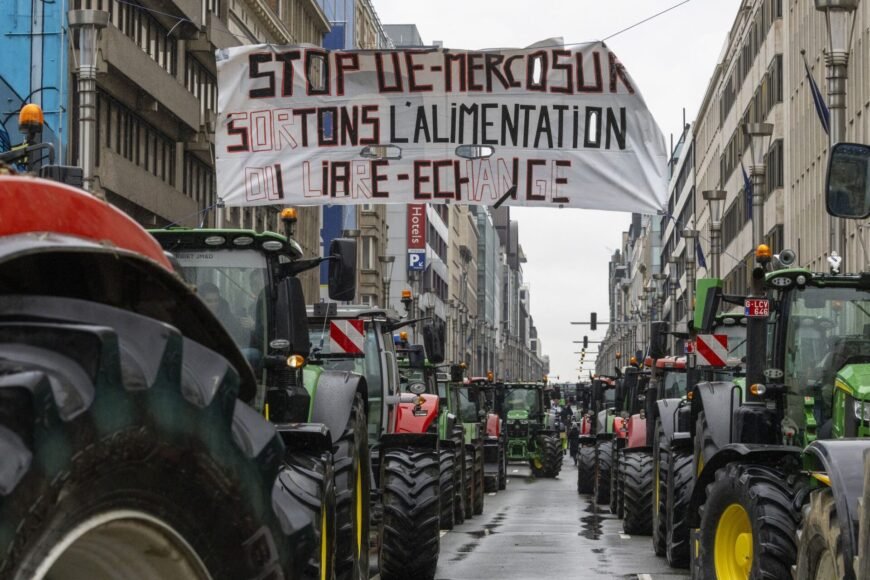
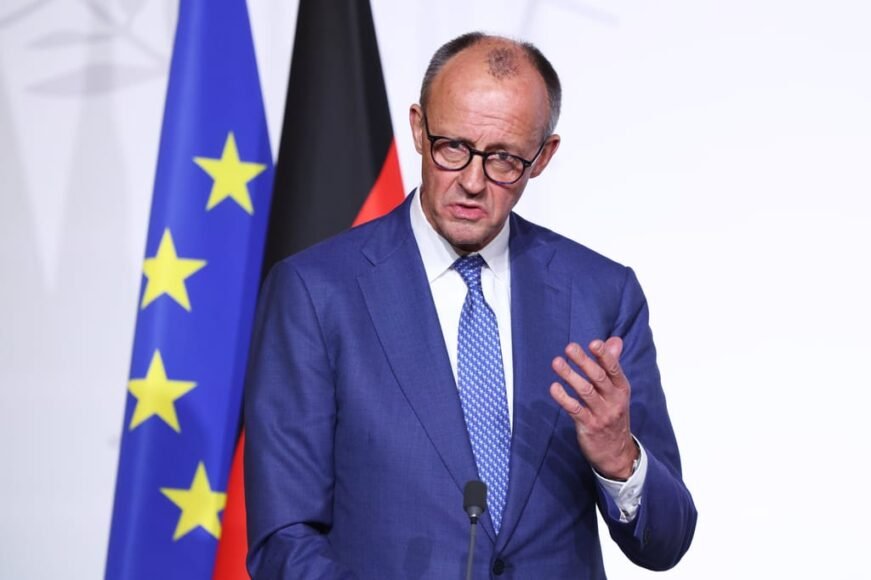
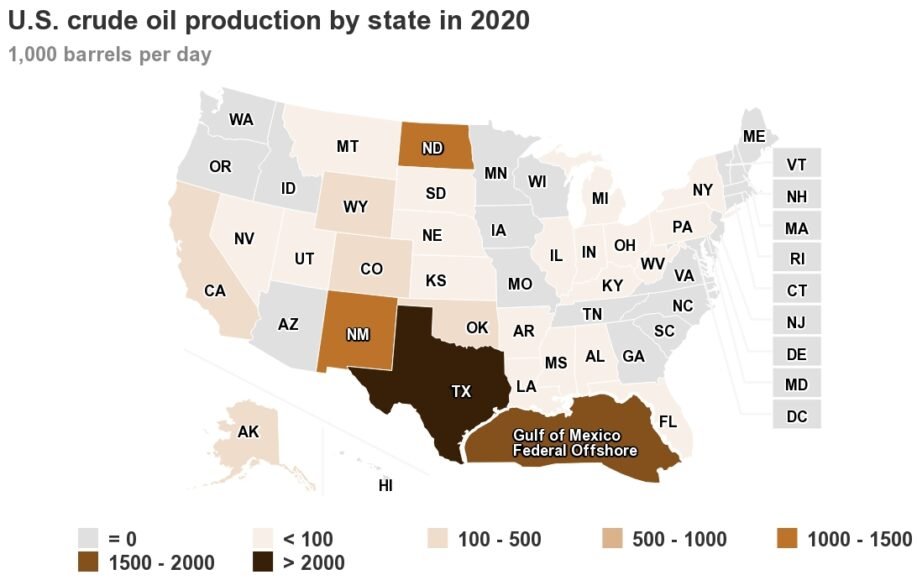
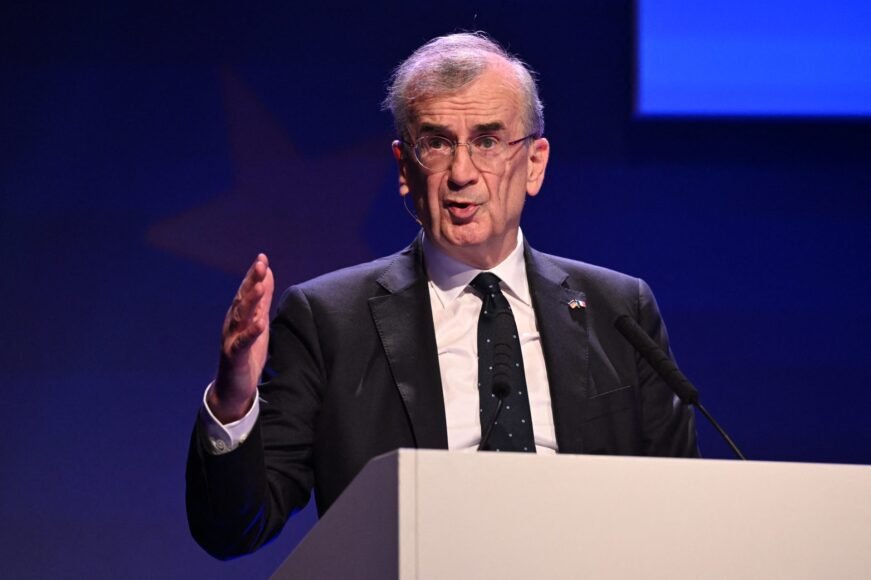

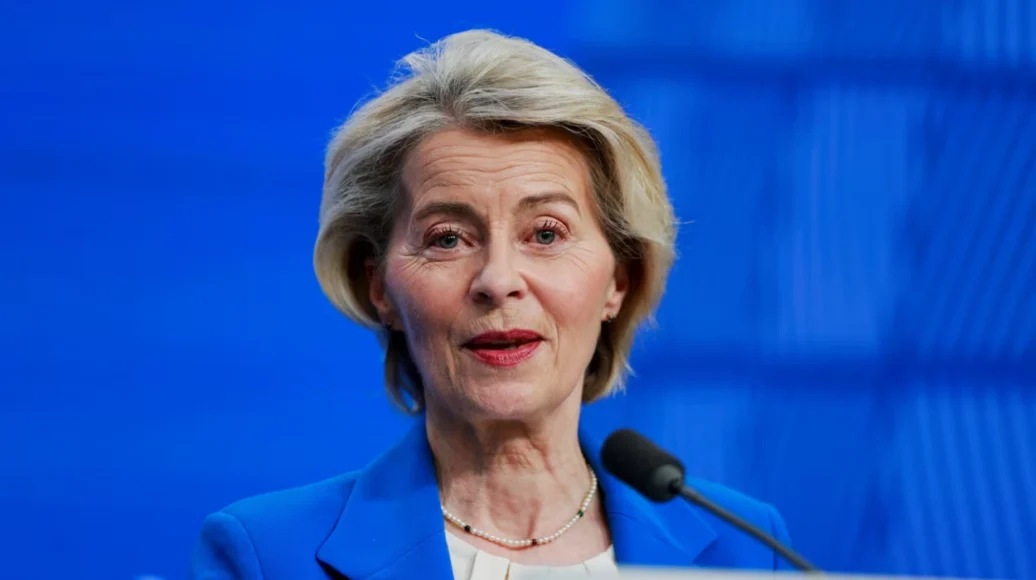



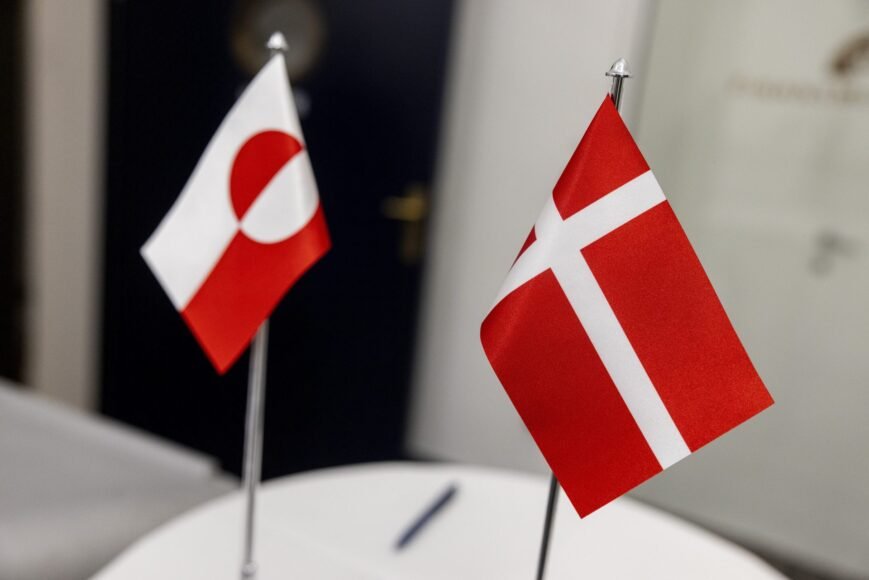
Leave a Reply